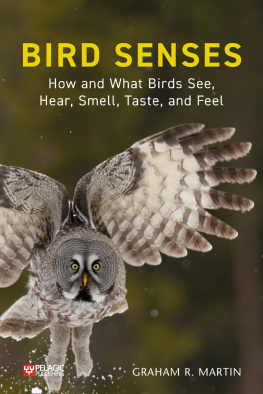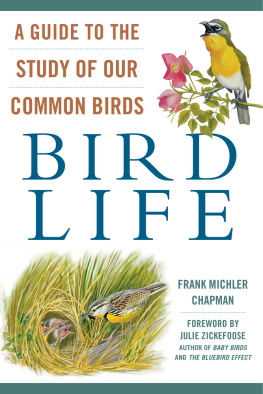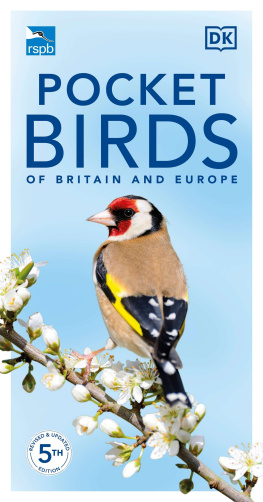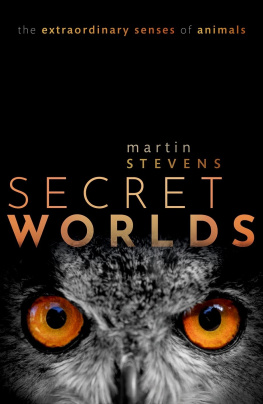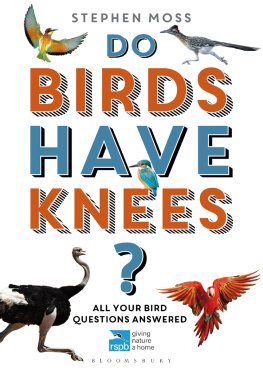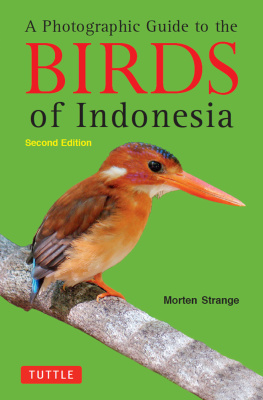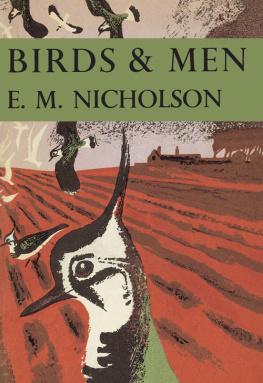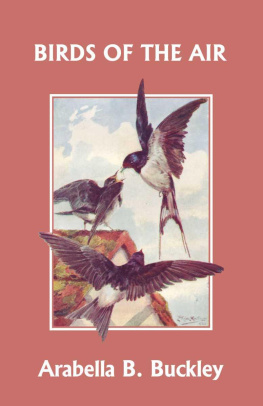Graham Martin - Bird Senses: How and What Birds See, Hear, Smell, Taste and Feel
Here you can read online Graham Martin - Bird Senses: How and What Birds See, Hear, Smell, Taste and Feel full text of the book (entire story) in english for free. Download pdf and epub, get meaning, cover and reviews about this ebook. year: 2020, publisher: Pelagic Publishing, genre: Romance novel. Description of the work, (preface) as well as reviews are available. Best literature library LitArk.com created for fans of good reading and offers a wide selection of genres:
Romance novel
Science fiction
Adventure
Detective
Science
History
Home and family
Prose
Art
Politics
Computer
Non-fiction
Religion
Business
Children
Humor
Choose a favorite category and find really read worthwhile books. Enjoy immersion in the world of imagination, feel the emotions of the characters or learn something new for yourself, make an fascinating discovery.
- Book:Bird Senses: How and What Birds See, Hear, Smell, Taste and Feel
- Author:
- Publisher:Pelagic Publishing
- Genre:
- Year:2020
- Rating:5 / 5
- Favourites:Add to favourites
- Your mark:
Bird Senses: How and What Birds See, Hear, Smell, Taste and Feel: summary, description and annotation
We offer to read an annotation, description, summary or preface (depends on what the author of the book "Bird Senses: How and What Birds See, Hear, Smell, Taste and Feel" wrote himself). If you haven't found the necessary information about the book — write in the comments, we will try to find it.
Graham Martin takes the reader deep into the world of birds from a new perspective, with a through birds eyes approach to ornithology that goes beyond the traditional habitat or ecological point of view. There is a lot more to a birds world than what it receives through its eyes. This book shows how all of the senses complement one another to provide each species with a unique suite of information that guides their daily activities.
The senses of each bird have been fine-tuned by natural selection to meet the challenges of its environment and optimise its behaviour: from spotting a carcase on a hillside, to pecking at minute insects, from catching fish in murky waters, to navigating around the globe.
The reader is also introduced to the challenges posed to birds by the obstacles with which humans have cluttered their worlds, from power lines to windowpanes. All of these challenges need explaining from the birds sensory perspectives so that effective mitigations can be put in place.
The book leads the reader through a wealth of diverse information presented in accessible text, with over 100 colour illustrations and photographs. The result is a highly readable and authoritative account, which will appeal to birdwatchers and other naturalists, as well as researchers in avian biology.
The author has researched the senses of birds throughout a 50-year career in ornithology and sensory science. He has always attempted to understand birds from the perspective of how sensory information helps them to carry out different tasks in different environments. He has published papers on more than 60 bird species, from Albatrosses and Penguins, to Spoonbills and Kiwi. His first fascination was with owls and night time, and owls have remained special to him throughout his career. He has collaborated and travelled widely and pondered diverse sensory challenges that birds face in the conduct of different tasks in different habitats, from mudflats and murky waters, to forests, deserts and caves. In recent years he has focused on how understanding bird senses can help to reduce the very high levels of bird deaths that are caused by human artefacts; particularly, wind turbines, power lines, and gill nets.
Graham Martin: author's other books
Who wrote Bird Senses: How and What Birds See, Hear, Smell, Taste and Feel? Find out the surname, the name of the author of the book and a list of all author's works by series.

